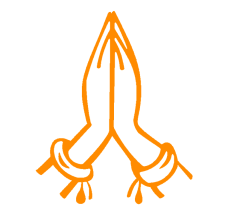



Arrive Delhi by an international flight. After clearing immigration and customs formalities you are met by a representative from First Tours India and transferred to Trident Gurgaon located close to the airport. Set in an expanse of 7 beautifully landscaped acres, Trident Gurgaon has an imposing yet serene presence, a resort like ambience. It is characterized by domes, long corridors and walkways, inner courtyards, reflection pools and fountains.
Trident Gurgaon

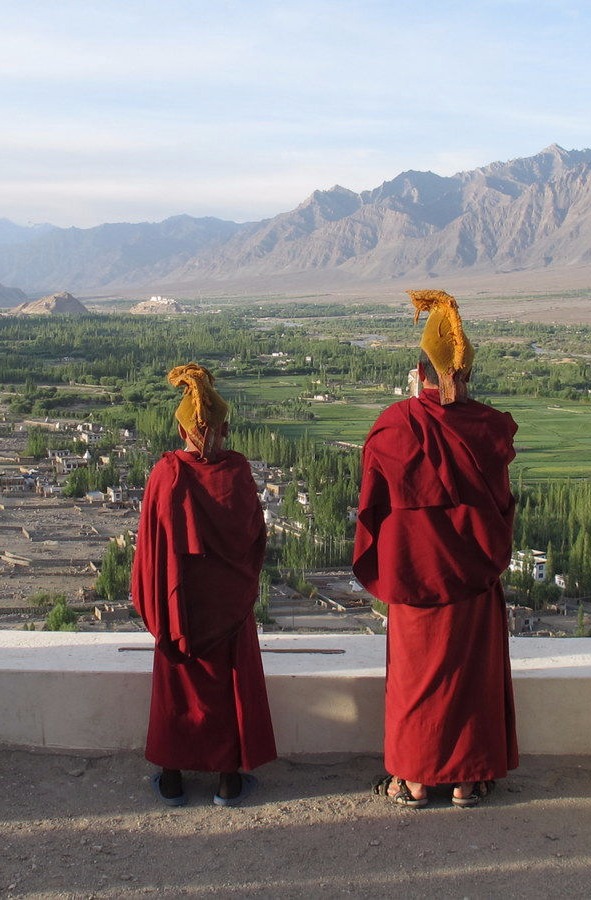
After an early breakfast fly to Leh and transfer to The Grand Dragon, set amidst the lush farms and rural ambience of Leh. Mysterious and dust-covered Leh in the province of Ladakh is in the eastern corner of the Indian State of Jammu & Kashmir. Situated at an elevation of 11,483 feet, it is India's most sparsely populated region; a high altitude desert cradled by the Karakoram and the Great Himalayan ranges. Its harsh lines are softened by the emerald green of oasis of villages, the crystal light of cloudless blue skies and the dramatic silhouettes of ancient Buddhist monasteries. Leh was the hub of the bustling caravan trade between Central Asia, Kashmir & Tibet. The large Main Bazaar with its broad kerbs, was clearly designed to facilitate the passage of horses, donkeys and camels, and to provide room for the display and storage of merchandise. Much of Leh's charm lies in the opportunities it offers for pleasant strolls and walks in the heart of town and the Main Bazaar area. We suggest guests flying into Leh should allow themselves enough time to acclimatize. Any strenuous physical activity should be avoided for at least the first 24 hours. The day is at leisure for acclimatization. In the evening you may like to explore the colorful markets of Leh.
4 NIGHTS
The Grand Dragon

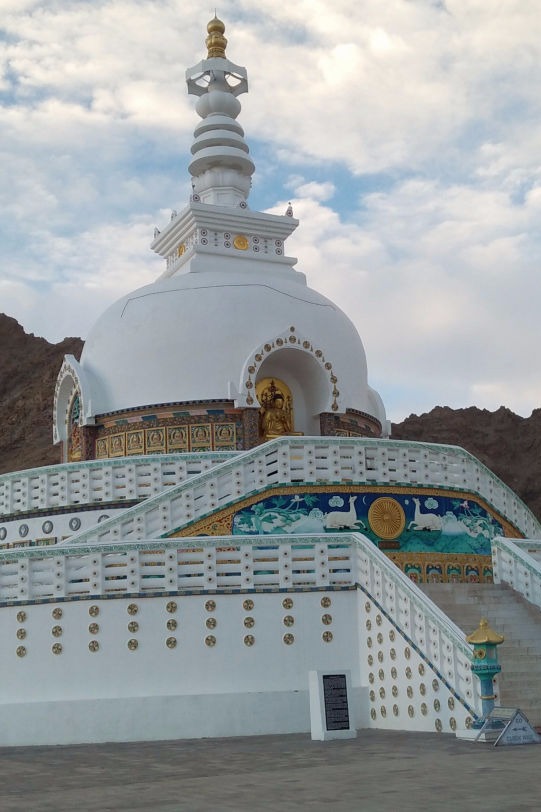
In the morning drive 7 miles north of Leh to Spituk to visit the 16th century Mahakal temple and 11th century Spituk gompa situated on a conical hill that provides excellent views of the countryside around. Spituk gompa is the oldest establishment of the Gelugpa sect in Ladakh. It houses the library of Tsongkapa, the sect's founder and a shrine devoted to Goddess Tara in her myriad manifestations. Continue on to Phiyang gompa, situated in one of Ladakh's most charming villages. This monastery is one of only two that represent the Drigungpa sect and was founded in the 16th century. Among its many treasures is a large and interesting collection of Kashmiri bronzes of Buddhist deities dating back to the 13th century. In the afternoon visit Leh Palace built by Ladakh's most famous king Sengge Namgyal in 1630. The Palace's massive inward-leaning walls are in the same architectural tradition as the Potala Palace in Lhasa. Proceed to the fort and monastery complex of Namgyal Tesmo that houses a Gonkhang, the temple of the guardian deities and a temple of Maitreya, the future Buddha. Both temples have vibrant murals. Later visit the gleaming white Shanti Stupa, the Peace Pagoda founded in 1980 under the sponsorship of Japanese Buddhists. End the day with a visit to the beautifully maintained Sankar gompa that has impressive images of Avalokitesvara and Vajra Bhairava.

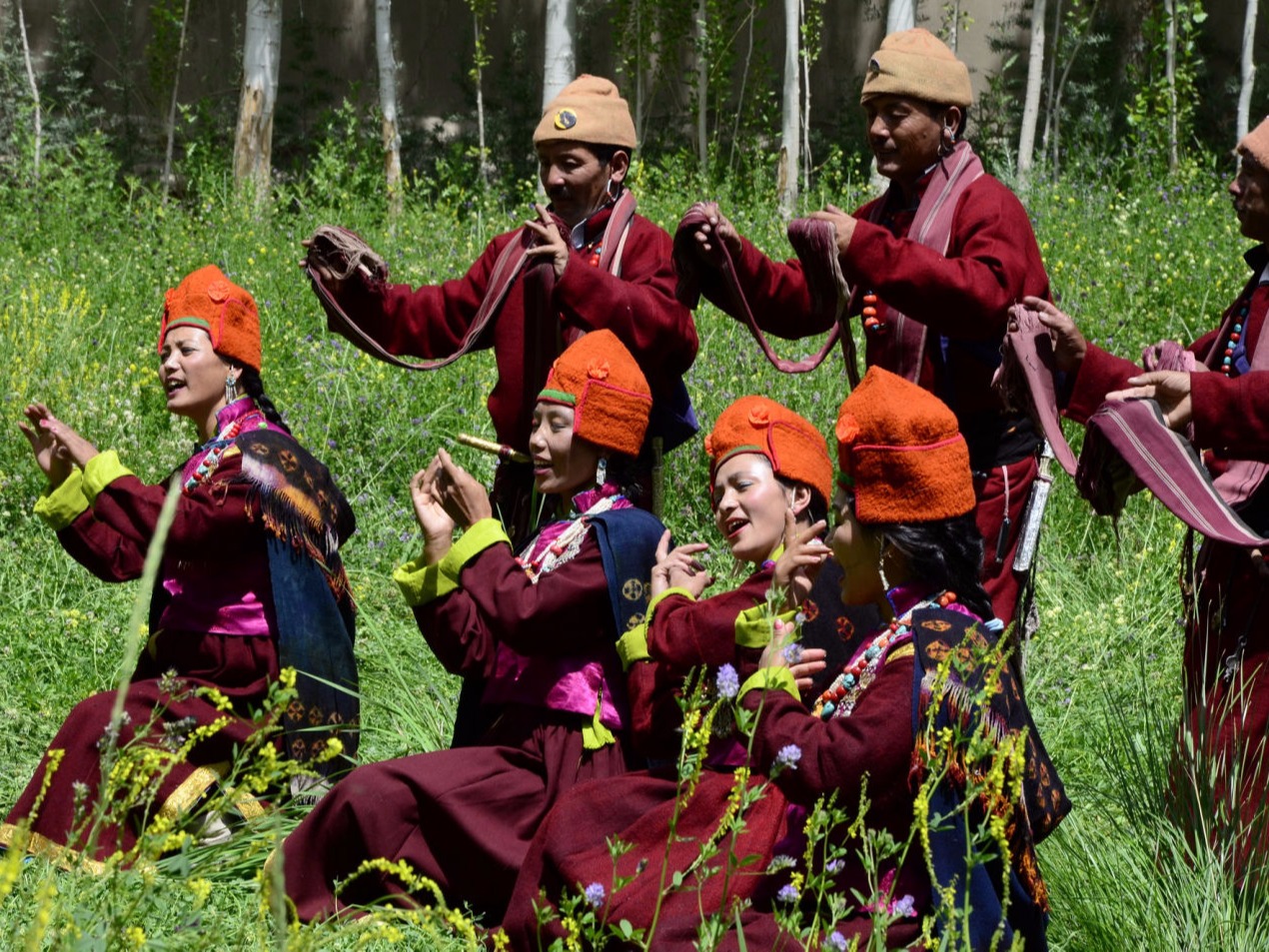
Today drive 45 miles west of Leh to Alchi, idyllically located on a bend in the Indus River. Founded in the 12th century, the religious complex of Alchi is the jewel among Ladakh's monasteries. Visit Alchi Chos-Khor, the religious enclave of Alchi that houses five mud-walled temples. The entire Mahayana Buddhist pantheon of deities is represented within these five temples together with superb paintings of court life, battles and pilgrimages, depicting the costumes, architecture and customs of the time. Proceed to Likir to visit the Likir Monastery. Founded in the 12th century, this monastery houses a fine collection of thangkas and images. Return to Leh en route visiting the ruins of Buddhist citadel and the beautiful 16th century murals in the fort and temple dedicated to Maitreya, the Future Buddha at Basgo. It was the capital of Lower Ladakh in the 14th and 15th century.

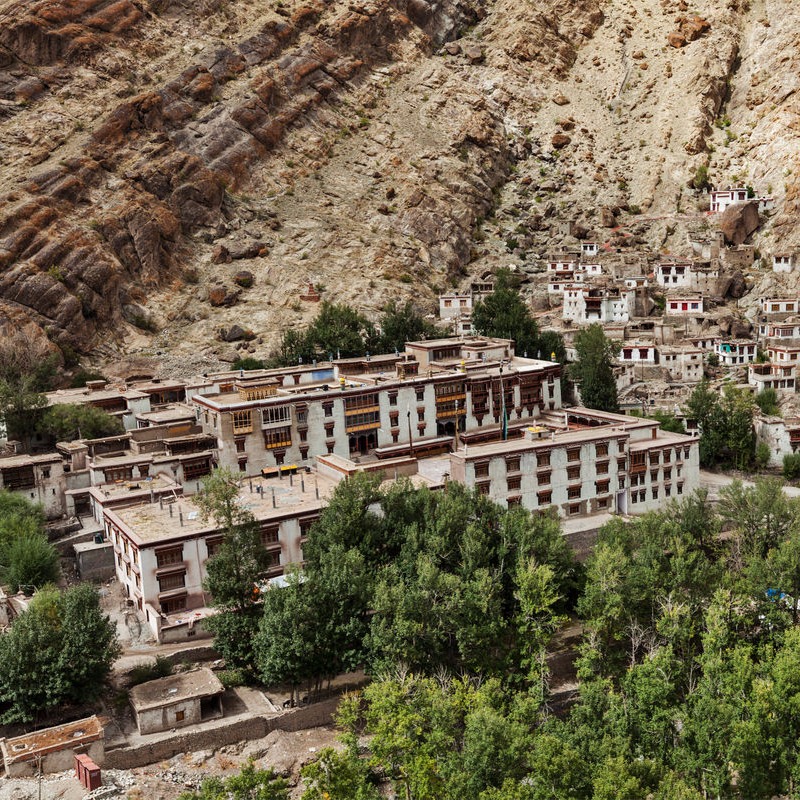
Drive 30 miles southeast of Leh to Hemis gompa. Tucked away up a winding glen in the mountains south of the Indus, Hemis is the largest and richest monastery in Ladakh. Founded in the 1630s by King Sengge Namgyal, it has superb murals and thangkas. Hemis is also famous for its spectacular annual festival dedicated to Guru Padmasambhava, the 8th century Indian apostle who took Buddhism to Tibet. Continue drive to Thikse gompa, a 15th century architectural gem crowning the crest of a hill and dedicated to Maitreya, consecrated by the Dalai Lama. Return to Leh in the afternoon en route visiting Shey, the ancient capital of Ladakh. Tour of Shey includes visit to the Shey Palace and monastery, picturesque gardens, gold victory Stupa and a gigantic double storied statue of Buddha surrounded by murals of deities, painted in rich colors and gold.

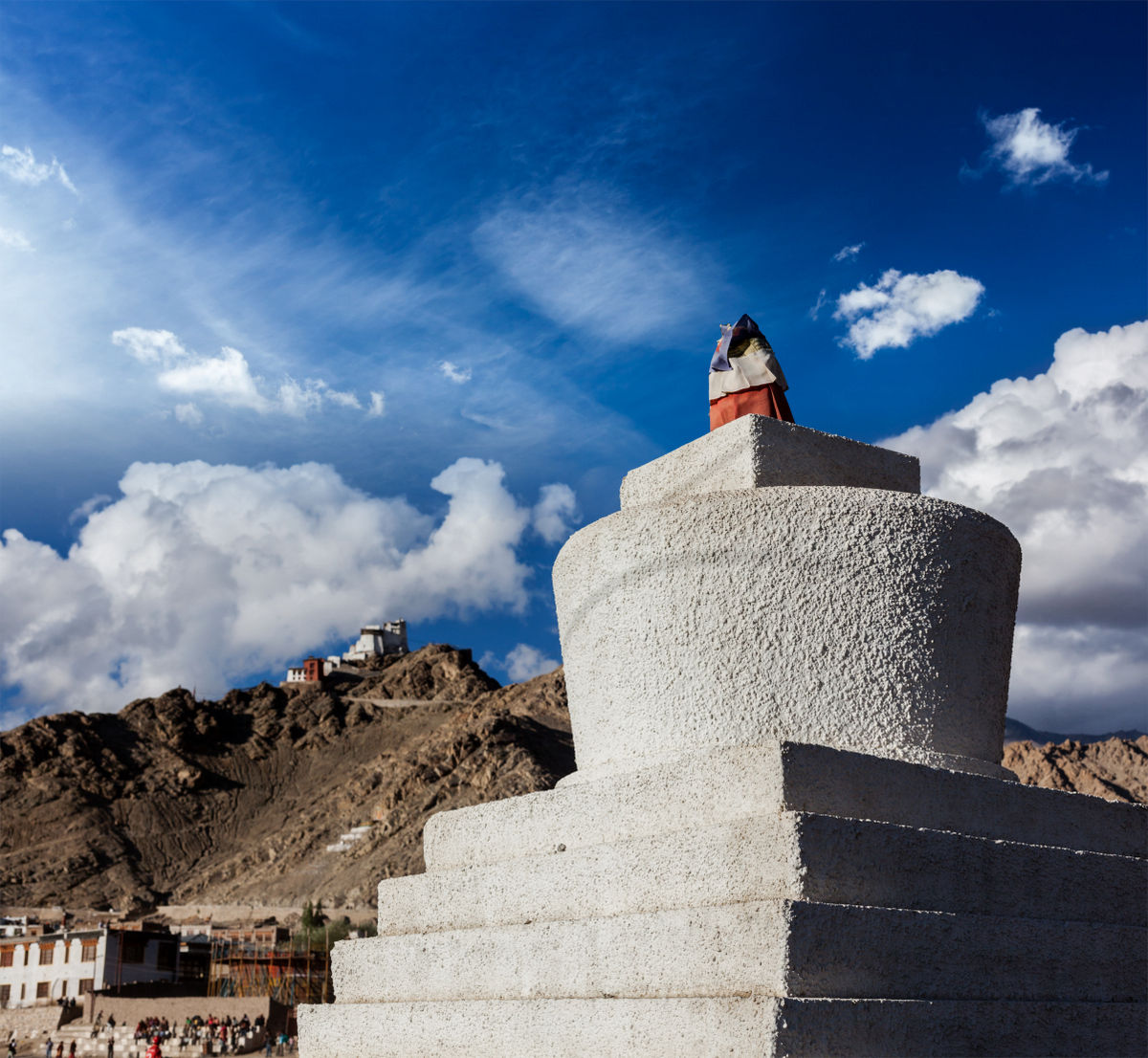
Today leave Leh and drive overland to Nubra valley. Nubra means 'green' which follow the old caravan route to Central Asia, a "feeder" of the famous Silk Route. It takes in the world's highest motorable mountain pass, the Khardung-la, pretty villages with banks of wild flowers and stands of willow and poplar, valleys covered with sea buckthorn shrubs, stretches of sand dunes and double-humped Bactrian camels, remote monasteries and medicinal hot springs. Arrive Nubra and check-in to Hotel Karma Inn nestled in the lap of Hunder village amidst poplar and apricot trees.
Hotel Karma Inn

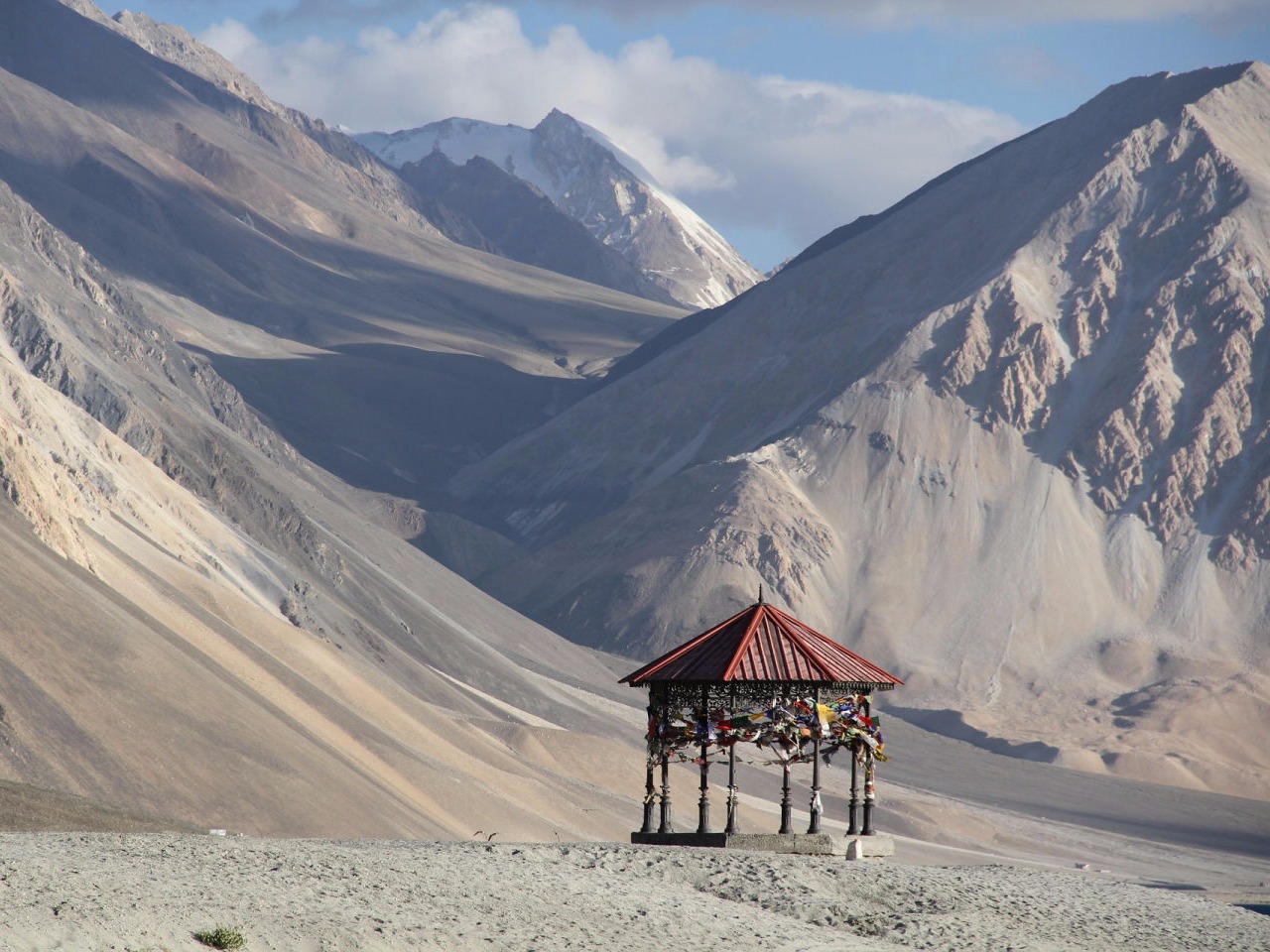
The major attractions apart from the mountain scenery and Shyok river basin to Nubra valley region are cold desert, Bactrian camels of Hunder and hot water springs of Panamik. There is a desert with sand dunes around Diskit and Hunder which host Bactrian camels who have two humps reminding us of old times when this region was a part of Silk Route to Central Asia. Today visit Diskit village, the main village of Nubra valley that has a small market and a 500 years old gompa on the hilltop. This gompa was founded by Lama Sherab Zangpo in 1420 and over 100 monks are presently residing in this monastery. The other important village in the valley is Hunder. It has a monastery and a ruined fort above the village. You may wish to enjoy a camel safari on Bactrian camels from Hunder to Diskit through the sand dunes.

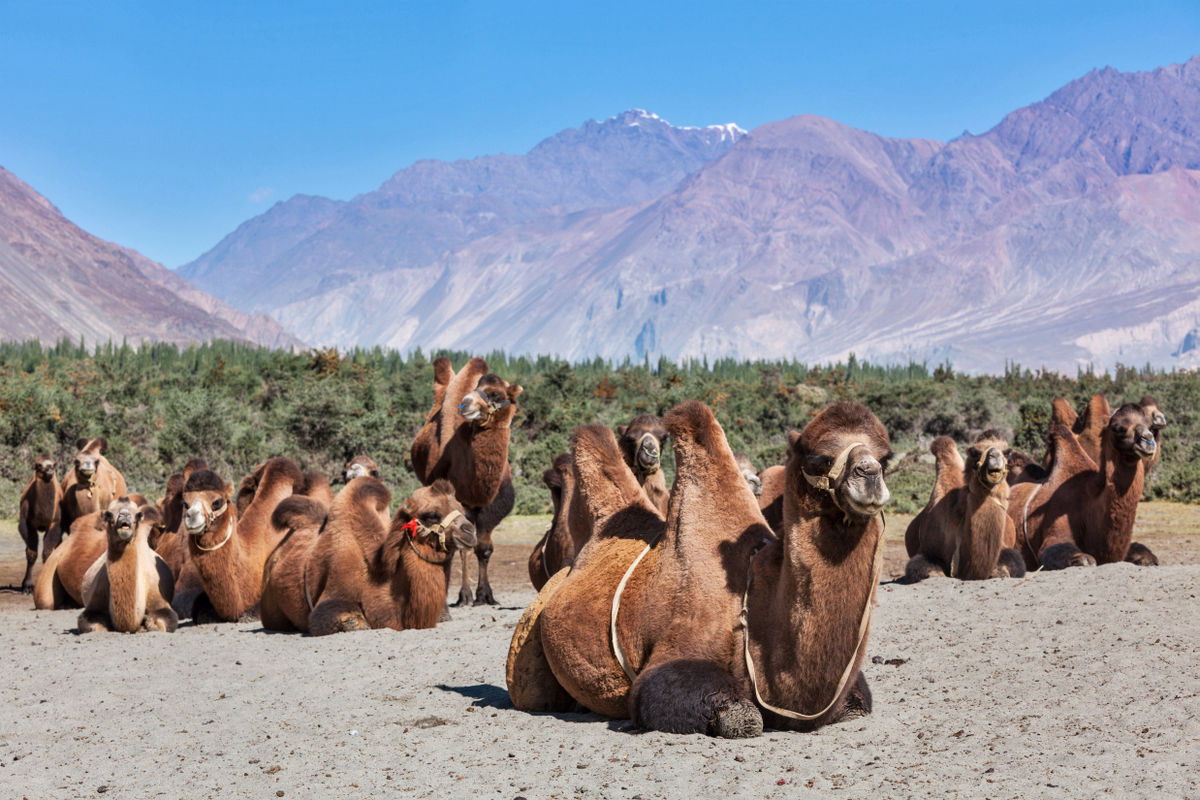
After a leisurely breakfast visit the Samstanling gompa. Founded by Lama Tsultrim Nima about 135 years ago, this gompa is situated at a commanding scenic view point at the foothills of Karakoram ranges up above Tegar and Sumoor village. Later enjoy the return drive through the scenic mountain road and pretty villages to Leh. Arrive Leh and check-in to The Grand Dragon.
The Grand Dragon

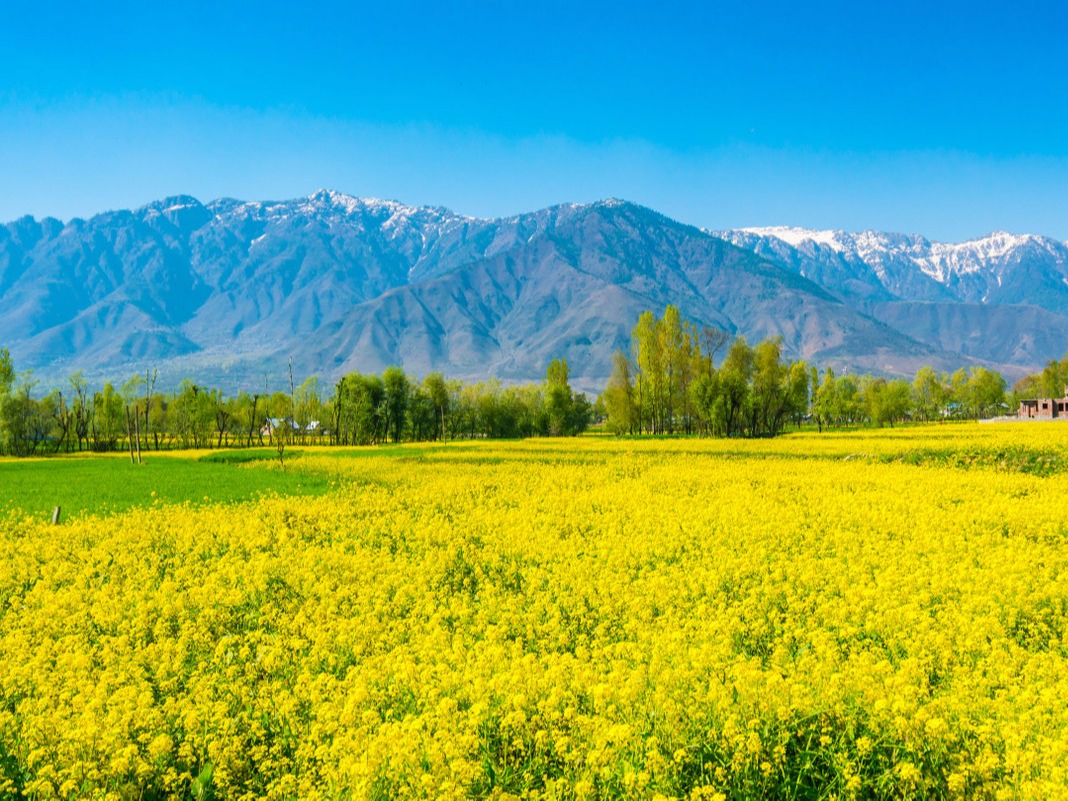
Today fly to Srinagar, the summer capital of Jammu and Kashmir and transfer to Vivanta Dal View. Perched on Kralsangri hill overlooking the scenic Dal Lake, the resort is surrounded by the majestic Zabarwan Mountains. Nestling in the lap of the dazzling snow-capped Himalayas, the Kashmir valley is a jewel in India's crown. An inspiration for so much art, music and poetry, Srinagar is the city of lakes, waterways, gardens and picturesque wooden architecture. Mughal Emperors described Kashmir as a garden of eternal spring, a delightful flower bed and a paradise on earth. This afternoon enjoy a soothing and most relaxing cruise on the idyllic Dal Lake by a Shikhara boat visiting the floating gardens, vegetable markets and later for tea on a private houseboat which remains moored on the lake.
Vivanta Dal View

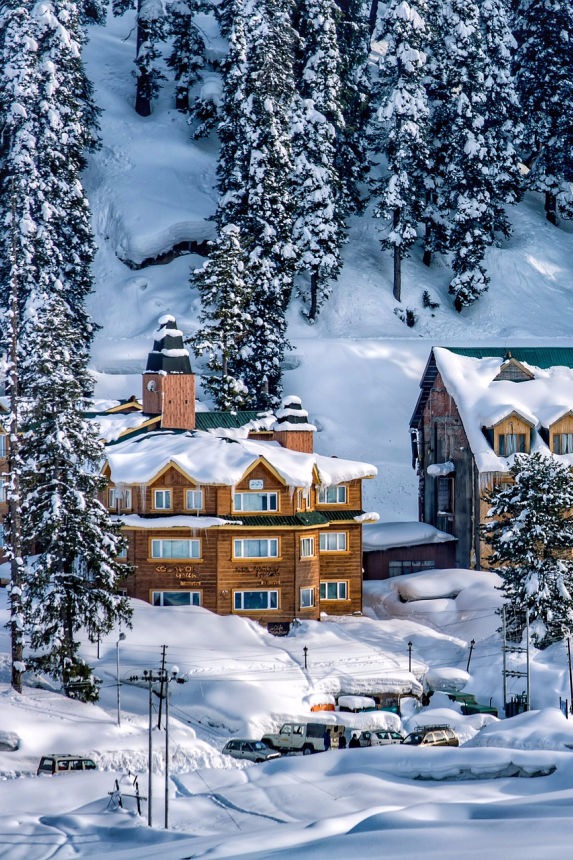
This morning enjoy sightseeing of the Mughal Gardens that were laid out by the Mughal Emperors on the banks of Dal Lake with the Zabarwan Hills in the background; Cheshmashahi, built around a natural spring enclosed by terraces and a stone pavilion; Nishat Bagh or the garden of pleasure - built in 1632 and Shalimar Bagh or abode of love - built by Jehangir for his wife Empress Noor Jehan. After lunch visit Jamia Masjid established in 1385 by Sultan Sikandar. Comprised of 370 pillars of wood, the Masjid symbolizes one of the best Indo-Saracenic architectural magnificence which survived the ravages of time ever since it was constructed in the valley. Recitation of holy sermons from the Islamic scripts is a regular act in the Masjid. Proceed to visit the Hazratbal Shrine situated on the left bank of the Dal Lake. It is considered to be Kashmir's holiest Muslim shrine. It contains a relic believed by many Muslims of Kashmir to be the Moi-e-Muqqadas or the sacred hair of Prophet Muhammad. The day ends with a visit to the Shankaracharya temple perched on the hilltop with lovely views of the valley and the old city. This temple, dedicated to Lord Shiva, is thought to be the oldest Hindu shrine in the Kashmir valley.


Drive 40 miles in 2 hours to Gulmarg, the meadow of flowers. Gulmarg's legendary beauty, prime location and proximity to Srinagar naturally make it one of the premier hill resorts in India. Originally called 'Gaurimarg' by shepherds, its present name was given in the 16th century by Sultan Yusuf Shah, who was inspired by the sight of its grassy slopes emblazoned with wild flowers. Gulmarg was a favorite haunt of Emperor Jehangir who once collected 21 different varieties of flowers from here. Today Gulmarg is a mountain resort of exceptional beauty situated at a height of 8950 feet. Enjoy views of Nanga Parbat and cable car ride up to Khilanmarg. After lunch at Hotel Highlands Park return to Srinagar in the late afternoon.

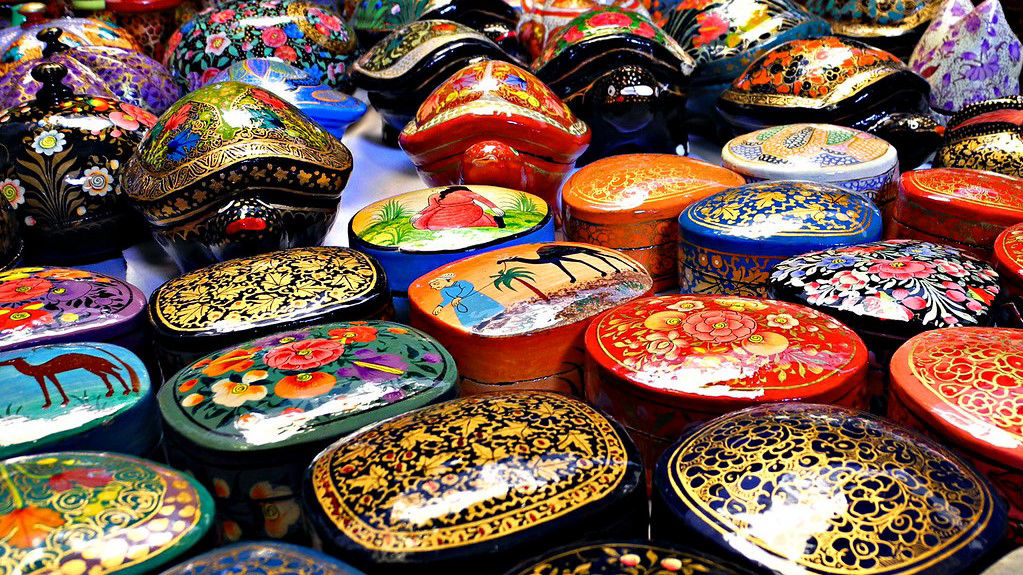
Today fly to Delhi and board your homebound flight with colorful memories that will add untold pleasure to last for a lifetime.
